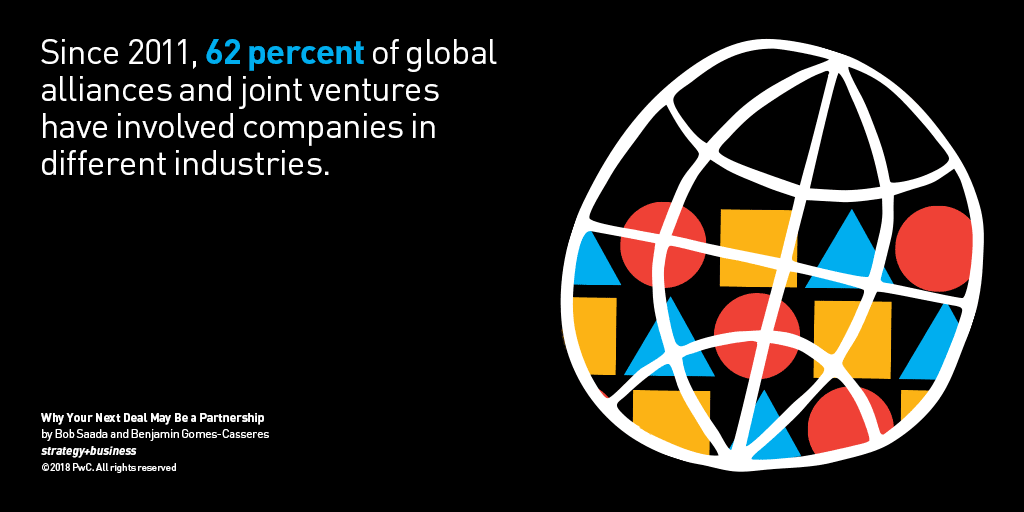[ad_1]

Business payments fraud is showing no signs of abating.
A Surge in Accounts Payable Fraud
In fact, according to a recent study cited by AccuImage, a provider of software solutions and services that help businesses automate their document flow, B2B payment fraud has increased nationwide.
Despite business executives and financial officers frantically looking for a solution to curb the uptick in payable fraud, the study finds that more than three quarters of businesses were hit in the past year.
“There are many ways to scam accounts payable,” says Larry Bennett, CEO of AccuImage, in a statement, “everything from creating false invoices to check fraud.”
Small business owners need to be aware of this worrying trend and take necessary precautions.
2018 AFP Payments Fraud Survey Findings
According to the Santa Clara, California-based document management and imaging solutions provider, raising rates of payment fraud call for, among other things, digitized accounts payable systems to help businesses reduce the chances of payment fraud.
The document management and imaging solutions firm quotes the 2018 annual study released by The Association for Financial Professionals (AFP), which reports that payment fraud has become more sophisticated. This even as more businesses are investing heavily in security measures.
In the 2018 AFP Payments Fraud and Control Survey, which surveyed nearly 700 treasury and finance professionals, AFP says the primary target for payments fraud is checks. This is followed by business email compromise, which is a rising concern. Other targets are Wire fraud and corporate card fraud.
“It is alarming that the rate of payment fraud has reached a record high despite repeated warnings,” said AFP President and CEO Jim Kaitz. “In addition to being extremely vigilant, treasury and finance professionals will need to anticipate scams and be prepared to deter these attacks.”
Top Ways to Detect and Prevent Payments Fraud
AccuImage offers some handy tips to identify and prevent payments fraud in your organization:
- Create audit trails, have staff with clear job descriptions and divisions of duties, and utilize digital processes that don’t rely on paper.
- Monitor requests for duplicate payments. Duplicate invoices can happen more often than realized. Always beware.
- An important control to put in place to prevent fraud is ensuring that employees don’t have more authority than is needed to perform the duties of their role.
- Build strong process integration between Procurement and Accounts Payable. Strong process integration between Accounts Payable and the Procurement function ensures that goods or services are ordered according to purchasing policy, and that they are appropriately received before the invoice is paid.
- Use data to uncover trends in supplier invoices. Data rich organizations can identify overpayments to their suppliers by monitoring trends in supplier performance or supplier spend. Organizations can take a more proactive approach to preventing duplicate payments by defining parameters that identify potentially fraudulent invoices and routing these invoices to someone for review.
“A secure digitized accounts payable system will help reduce fraud as well as all payable interaction errors and inconsistencies,” stresses Bennett, whose document processing firm has been in business since 1988.
Photo via Shutterstock
This article, “Business Accounts Payable Fraud On the Rise Nationwide, Study Shows” was first published on Small Business Trends
[ad_2]
Source link











